How To Recover From a Skiing Fall and How to Get Back on the Slopes
March 20, 2025 | ski lesson, Skiing, Skiing Tips
Skiing is an exhilarating sport, but it comes with its fair share of risks. Whether you’re a beginner or an experienced skier, understanding common ski injuries and how to recover properly can make a huge difference in your return to the slopes. This guide breaks down the most frequent injuries, how they happen, and the best ways to prevent and treat them. Whether it’s a minor sprain or a more serious ligament tear, knowing what to expect and how to recover is key to getting back to skiing safely.
What Are the Most Common Ski Injuries?
Skiers are susceptible to various injuries, ranging from minor bruises to severe fractures. Some of the most frequent injuries involve the knees, ankles, head, wrists, and forearms. ACL and MCL tears are particularly common, as are ankle sprains from improper landings or poorly fitted ski boots. Falls, whether forwards or backward onto the hands, can lead to wrist and forearm fractures, while sudden impacts or collisions with other skiers may result in whiplash or head injuries.
How Do Ski Injuries Happen?
Ski injuries occur due to a variety of reasons, including steep slopes, unexpected tumbles, and incorrect turns. A fall on a downhill run, especially when twisting or landing incorrectly, puts significant stress on the body. If ski bindings do not release properly, the chances of ligament injuries increase. Collisions with other skiers or snowboarders are another common cause, often leading to bruises, sprains, or fractures. Additionally, misjudging a chairlift exit or losing control on a steep run can contribute to injuries.
What Are the Most Serious Knee Injuries in Skiing?
Knee injuries are an integral part of common skiing accidents. Two of the most serious include:
- ACL tears: Often caused by improper landings after a jump or a twisting fall.
- MCL injuries: Typically result from an excessive force applied to the knee during a fall.
Since knee ligaments endure significant stress, recovery from these injuries can take weeks or months.
How Can You Prevent Ski Injuries?
Reducing the risk of injury starts with the right approach:
- Use well-fitted ski boots and bindings to ensure stability and proper release during falls.
- Strengthen key body parts, particularly knees, ankles, and core muscles, to minimize stress on joints.
- Ski in a controlled manner, adjusting speed and technique based on the terrain.
- Take lessons from a ski instructor to improve your technique and avoid bad habits.
- Stay aware of fellow skiers and snowboarders to prevent unexpected collisions.
How Long Does It Take to Recover from a Ski Injury?
The recovery time for a ski injury depends on the severity of the damage. Minor sprains and bruises can heal within one to three weeks, while moderate ligament injuries may require six to twelve weeks of rehabilitation. More severe injuries, such as ACL or MCL tears, often take six months or longer to recover, sometimes requiring surgery. Fractures may take anywhere from three to six months, depending on the severity and the treatment plan. Patience and proper rehabilitation are essential to ensuring a full recovery and preventing future injuries.
What Should You Do If You Get Injured While Skiing?
If you sustain an injury while skiing, it’s important to act quickly:
- Stop skiing immediately to prevent further damage.
- Apply ice and elevate the injured area to reduce swelling.
- Seek medical attention from a physiotherapist or orthopaedic surgeon.
- Follow a structured rehabilitation plan to regain strength and mobility before returning to skiing.
When Can You Return to Skiing After an Injury?
Returning to skiing after an injury requires a cautious and gradual approach. It is crucial to consult a physiotherapist to assess whether the body is strong enough to handle skiing demands. Rushing back too soon can increase the risk of re-injury and prolong recovery. Confidence is also an important factor—hesitancy on the slopes can lead to poor technique and further accidents. It is best to start on groomed blue runs before progressing to steeper or more challenging terrain. By gradually increasing intensity and monitoring physical responses, skiers can safely return to the sport without compromising their recovery.
What Role Does Physiotherapy Play in Ski Injury Recovery?
Physiotherapy plays a crucial role in rehabilitation by:
- Providing targeted exercises to strengthen muscles and reduce stress on joints.
- Improving flexibility and mobility to prevent further injuries.
- Creating personalized recovery plans to support a full return to skiing.
Should You Consider Ski Insurance for Injuries?
Skiing carries a high risk of injury, making insurance a valuable investment. Ski insurance typically provides financial protection for medical expenses, including emergency treatments, rehabilitation, and physiotherapy. It also covers emergency evacuation services for severe injuries that require immediate transport from the slopes. Additionally, ski insurance can reimburse cancelled trips due to injuries, helping skiers avoid financial losses when unexpected accidents occur. Having insurance ensures peace of mind and support in case of an injury during the ski season.
Conclusion
Skiing and snowboarding are thrilling sports, but they come with inherent risks. By understanding common injuries and taking the right precautions, you can reduce your chances of getting hurt. If you do experience an injury, proper diagnosis, rehabilitation, and physiotherapy are essential for a full recovery. Taking the time to heal before returning to the slopes helps prevent re-injury and ensures a safer experience. With the right approach, you can enjoy the slopes without fear and make the most of the ski season.
More Posts
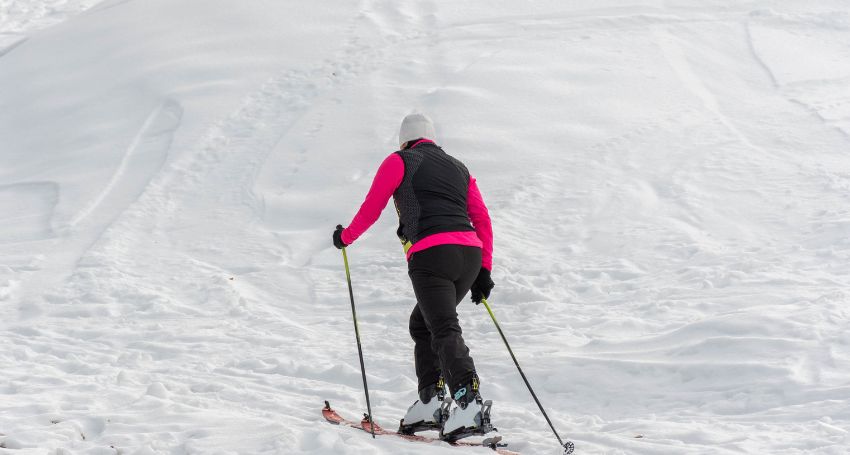
How to Parallel Ski for Beginners: A Complete Step-by-Step Guide
For many novice skiers, mastering how to parallel ski for beginners marks a major milestone...
read More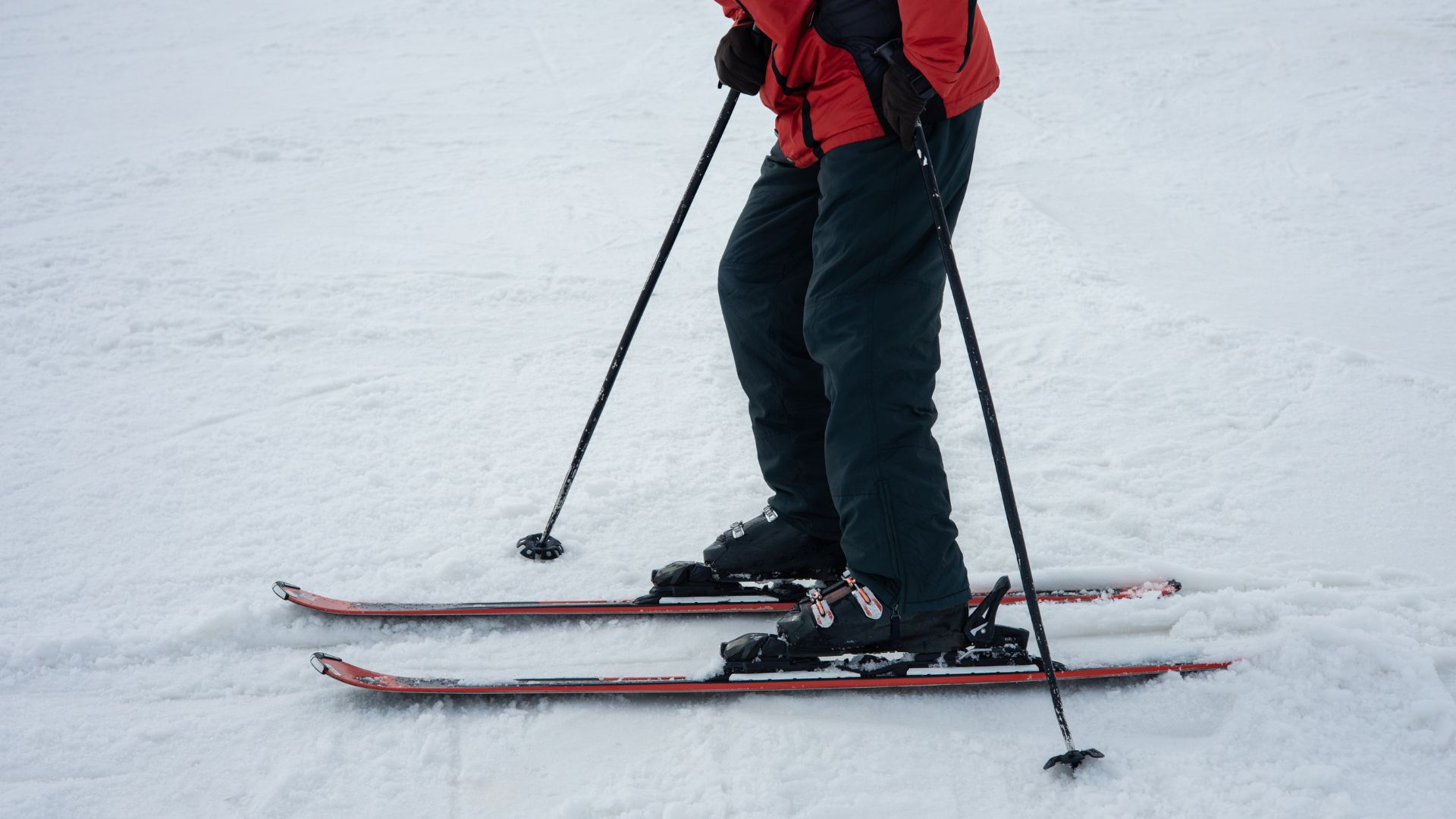
How to Parallel Ski: Master the Essential Technique
If you’ve ever admired experienced skiers gliding effortlessly down a slope, both skis perfectly aligned,...
read More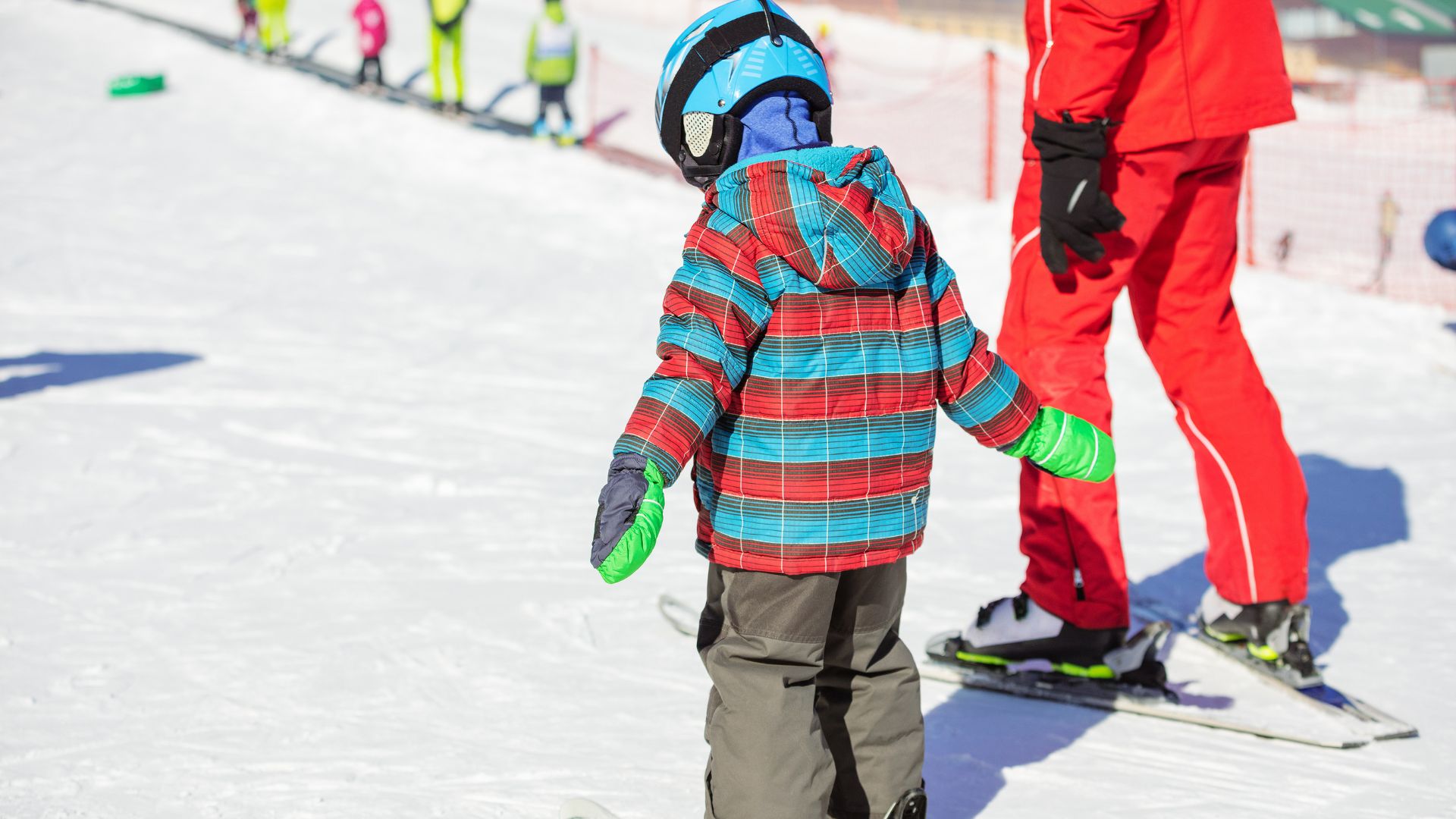
How to Teach Kids to Ski: A Complete Parent’s Guide
Skiing is a magical winter sport that can bring families closer together and create lifelong...
read More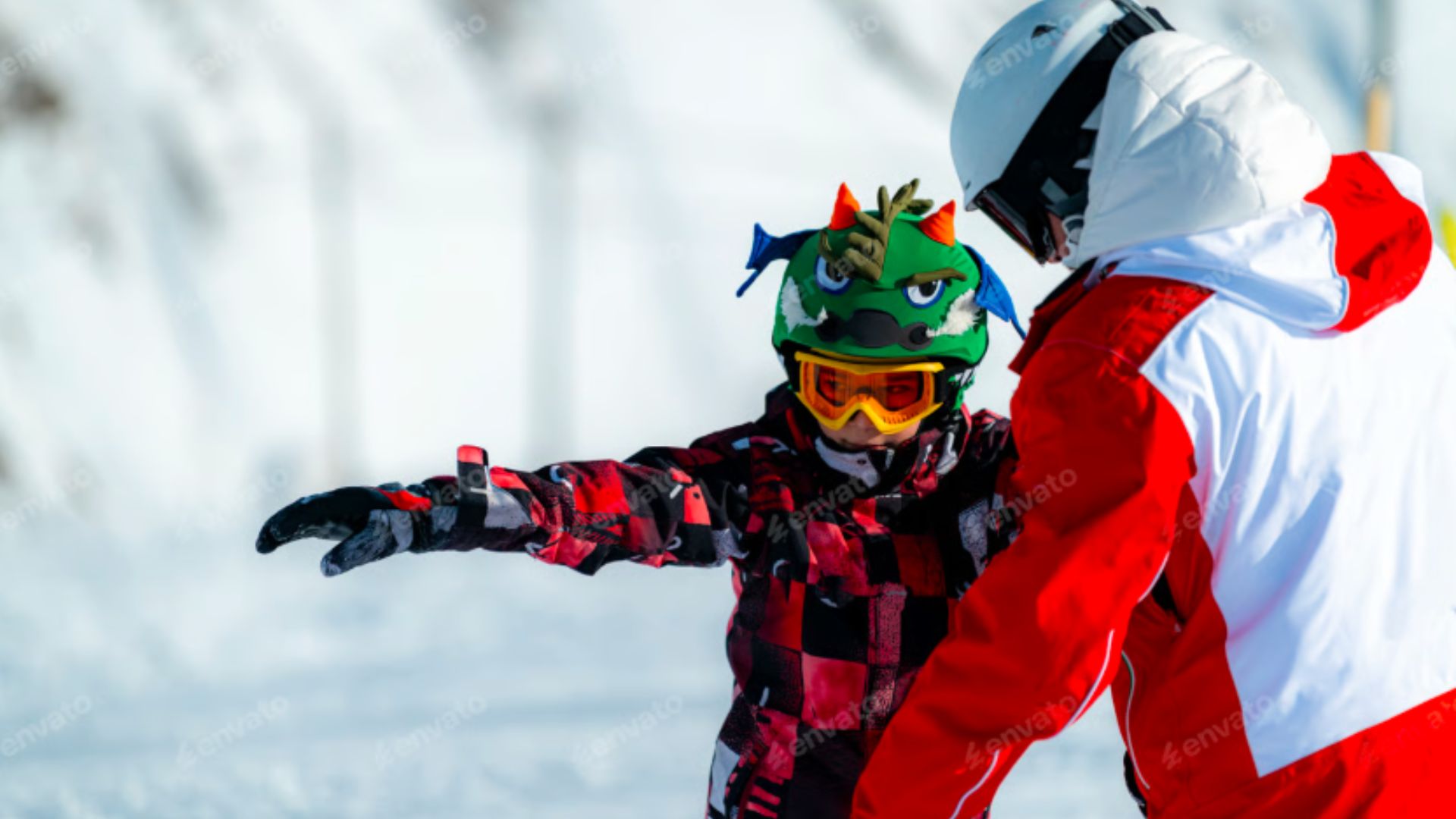
Ski Teaching Techniques: Mastering the Art of Ski Instruction
Teaching skiing is more than guiding someone down a slope—it’s about using ski teaching techniques...
read More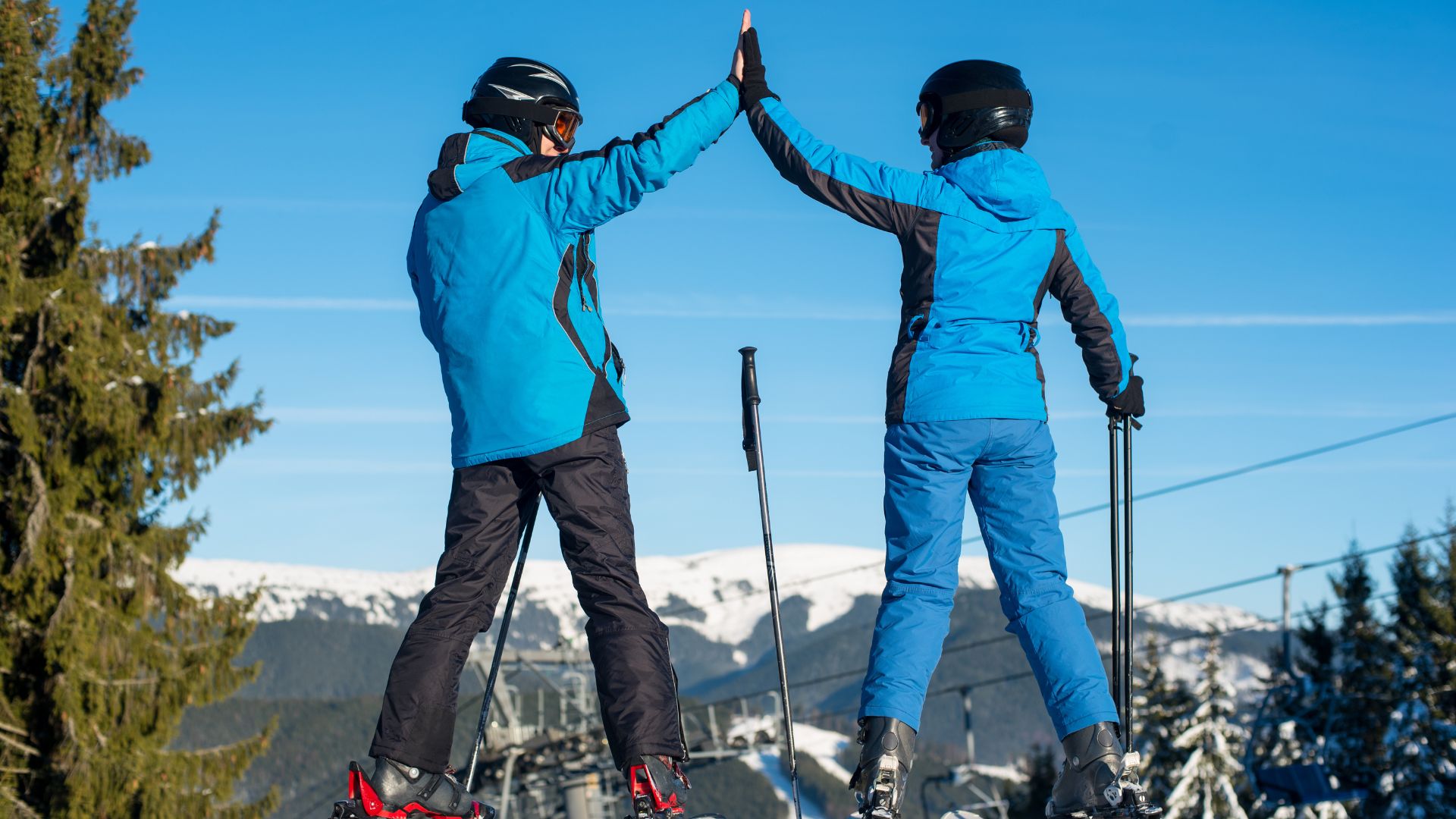
How to Become a Private Ski Instructor and Build Your Career on the Slopes
If you’ve ever dreamed of turning your passion for skiing into a career, you’ve probably...
read More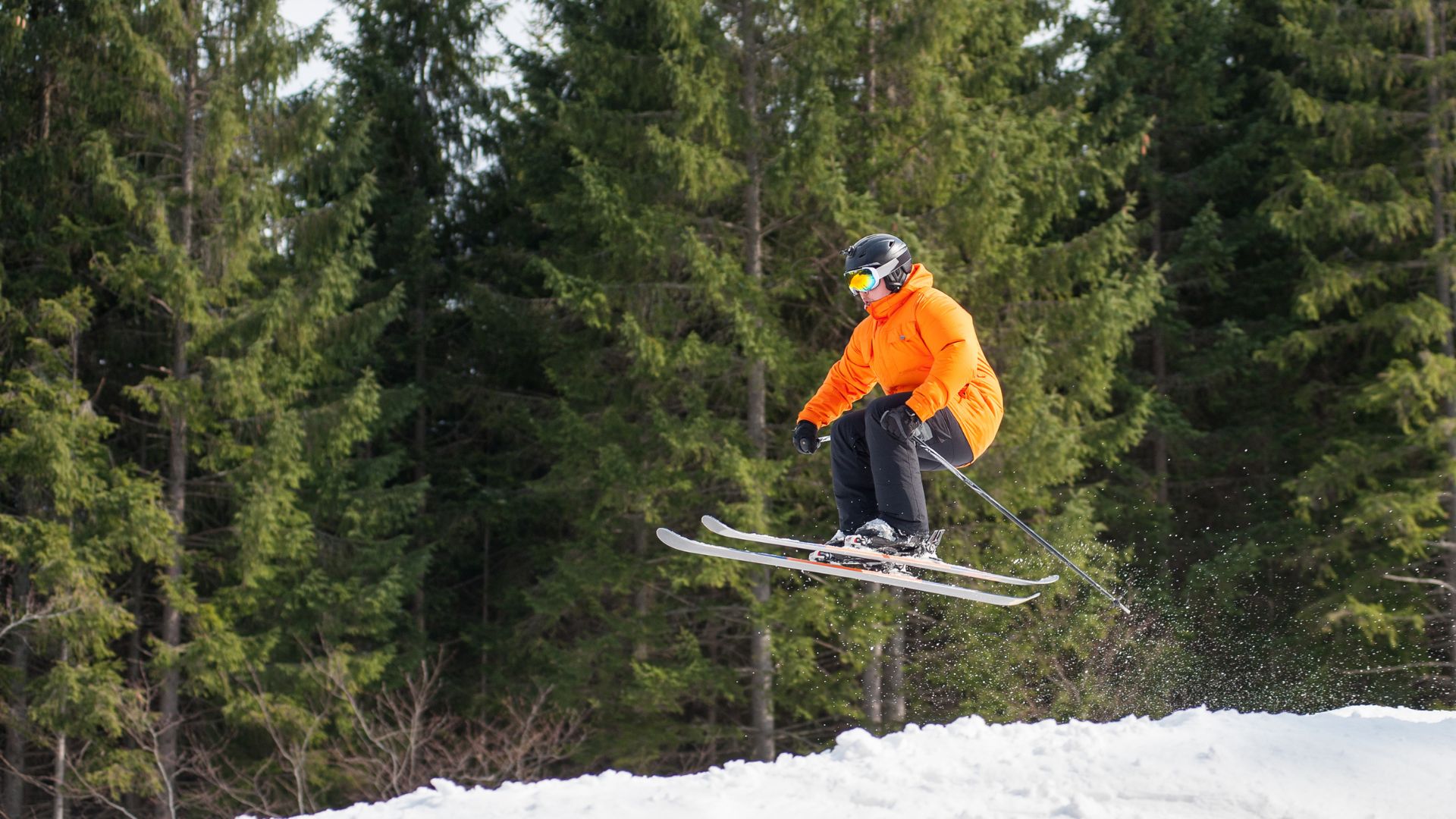
Where Can I Learn to Ski Jump: Lessons, Schools, and Tips
If you’ve ever watched athletes soar gracefully off a ski jump and wondered, where can...
read More